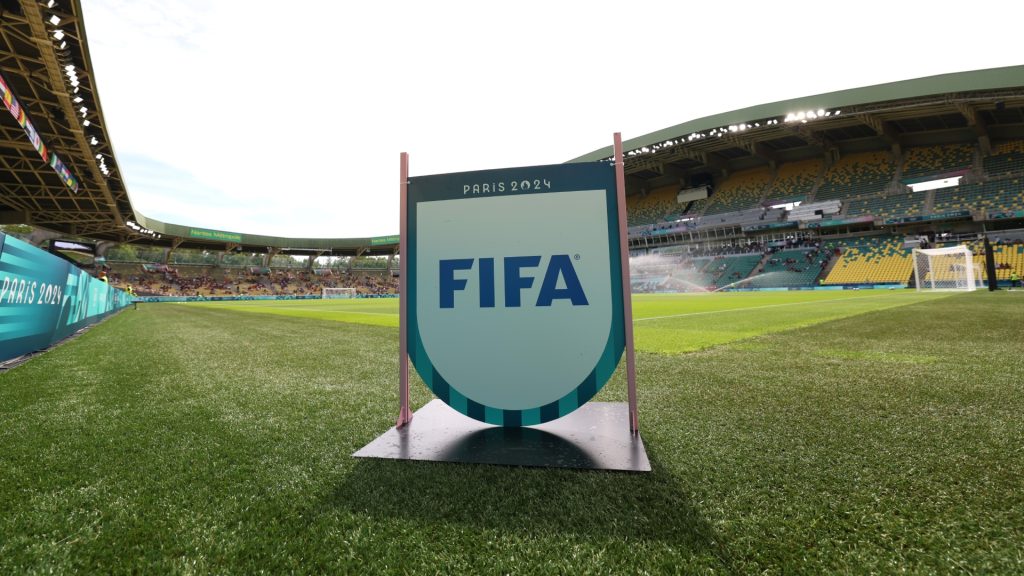A guide to how FIFA ranks national teams and what it affects.
The FIFA ranking is the official measure of national teams’ strength, updated regularly and often sparking debate. Since 1993, it has determined seeding for tournaments and qualifiers, shaping international football dynamics.
Its calculation considers match results, opponent strength and competition importance. A win against a top team earns more points than one against a lower-ranked side. Even draws and losses can impact a team’s position in unexpected ways.
Despite efforts to refine it, the ranking remains controversial. Fans and analysts question its fairness, especially when teams rise or fall unexpectedly. Still, it serves as a key reference in global soccer, influencing major tournaments.
Ranking formula
The International Federation of Association Football (FIFA) ranking formula is the engine that powers the global leaderboard of national teams, combining mathematical precision with the unpredictable drama of soccer.

Essentially, it assigns points to teams based on match results, the quality of the opposition and the recency of the game, so that every encounter contributes to the evolving narrative of international football.
At its core, the system isn’t a simple win-loss tally but a weighted formula that values the importance of the match—whether it’s a friendly, a continental qualifier, or a high-stakes tournament clash—and adjusts the rewards accordingly.
This means a victory against a top-ranked rival in a competitive fixture delivers a heftier point boost than an equivalent result in a low-key friendly. Despite its apparent objectivity, the formula has been refined over time to address emerging trends in international play.
Critics and experts alike debate its nuances, arguing that while it strives for fairness, the inherent complexity sometimes leads to unexpected outcomes that challenge our intuitive sense of a team’s true strength.
Match importance
Not every football match is created equal, and FIFA’s ranking system reflects that by assigning different levels of importance to various encounters. High-stakes games, such as World Cup qualifiers or continental championships, carry a multiplier that can dramatically alter a team’s position on the leaderboard, transforming a single victory into a turning point.

In contrast, friendlies—often seen as experimental or less binding—offer a gentler slope in the points system. This differentiation ensures that teams are rewarded more substantially for their performance in the most critical moments, reinforcing the idea that results in decisive contests should count for more than those in warm-up matches.
This system of weighted importance creates fascinating strategic dilemmas. Coaches may approach friendlies with a different mindset compared to competitive fixtures, knowing that the stakes are lower and the points on offer are modest.
Such nuances add layers of intrigue and debate among fans and pundits, enriching the conversation around how every match fits into the broader story of a nation’s soccer legacy.
Impact on seeding
The FIFA ranking does more than just tally points—it plays a pivotal role in shaping the draw for major tournaments. The higher a team’s ranking, the more likely it is to be seeded in a favorable group, which can often pave the way for a smoother journey through the early rounds of competition.

This influence on seeding isn’t merely about prestige. It strategically affects the matchups in tournaments, potentially sparing top teams from early clashes with equally formidable opponents.
As a result, the ranking system becomes a crucial tool for organizers, aiming to balance fairness with the entertainment value of the competition. However, this impact also generates heated debates.
When a team’s seeding seems to shield it from early challenges, questions arise over whether the ranking accurately reflects the current form and potential of all contenders.
These discussions add an extra layer of drama to the tournament, as fans watch not only the matches on the pitch but also the evolving implications of each team’s placement in the draw.
Criticisms
Despite its intent to provide an objective measure of national team strength, the FIFA ranking system has not been without its detractors. Many critics argue that the methodology can sometimes be skewed by a team’s selective scheduling, where opting for fewer friendlies or carefully chosen matches can artificially inflate rankings.

There’s also a recurring critique regarding the balance between quality and quantity. Some observers contend that the formula, while mathematically sound, doesn’t always capture the dynamic and unpredictable nature of soccer. As a result, teams might find themselves rewarded or penalized in ways that seem detached from their actual performance on the field.
These criticisms have fueled ongoing debates within the soccer community. Calls for a more refined or even radically different system persist, as fans, analysts and even national associations weigh the pros and cons of the current approach.
Whether through gradual adjustments or a complete overhaul, the conversation about how best to measure international success remains as vibrant and contentious as the game itself.
Credit: Bolavip US

